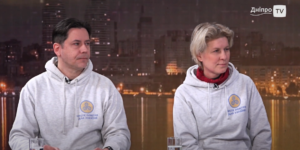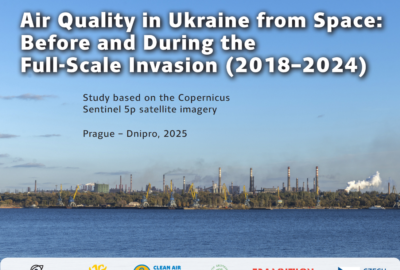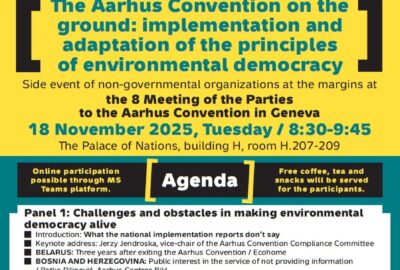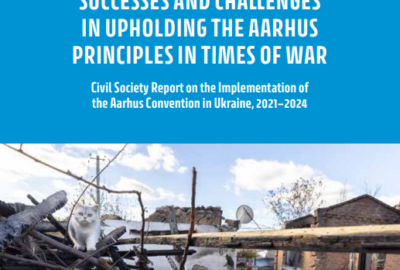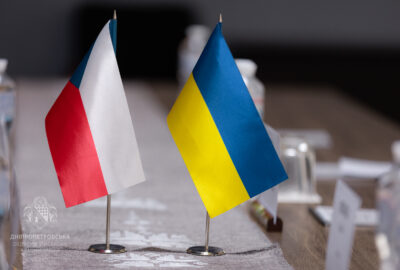The international program «Clean Air for Ukraine» began working with united territorial communities in 2024 to help identify their environmental issues. The program is implementing the project «Green Recovery of Ukraine: Sustainable Restoration of War-Affected Regions». Over the course of a year, the project team visited 15 communities in the Dnipropetrovsk and Zaporizhzhia regions, described the key threats to the environment, and outlined possible solutions.
This was discussed on air on «Dnipro TV» by the coordinator of the «Clean Air for Ukraine» program, representative of the Czech non-profit organization «Arnika», Marcela Černochová, and project expert Oleksii Angurets.
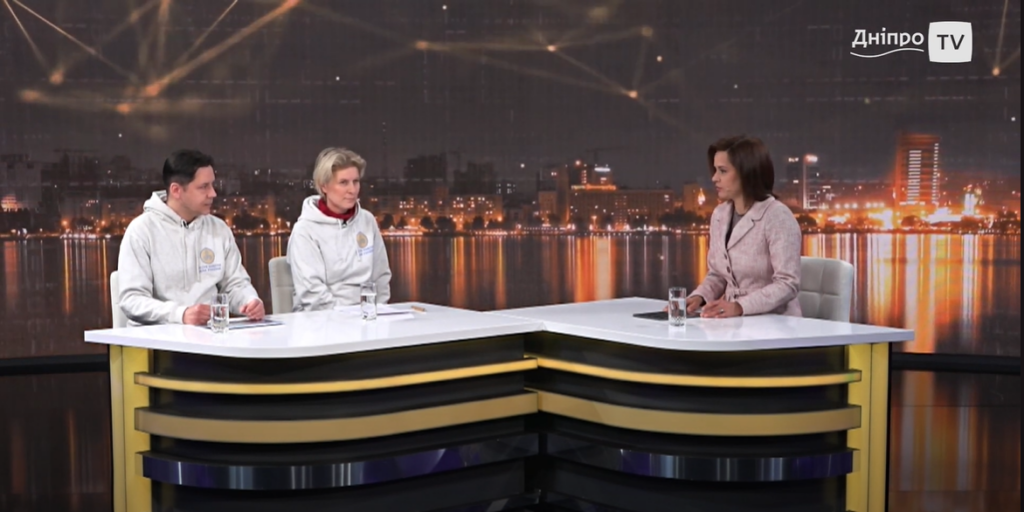
The full broadcast is available HERE>>
The entire focus of the “Green Recovery” is on frontline regions: Dnipropetrovsk, Zaporizhzhia, and Kharkiv. Specialists also intended to work in Donetsk and Kherson regions, but hostilities and security issues have prevented this.
The project is designed for two years, launched in 2024 and will continue throughout 2025. Its specific feature is working at a local level. Experts visit united territorial communities and ask residents which environmental issues concern them most. Then comes an analysis and the development of possible solutions. The project is carried out with the support of the Transition program of the Ministry of Foreign Affairs of the Czech Republic.
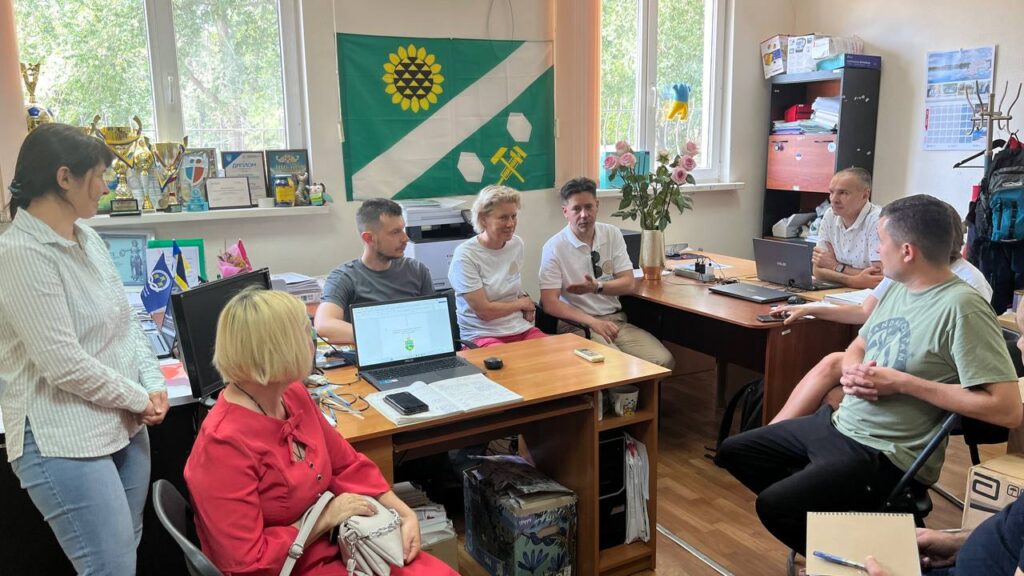
Meeting with the Head and Representatives of the Polohy Community, Zaporizhzhia Region
In 2024, representatives of «Clean Air» visited 15 communities. 13 of them are located in the Dnipropetrovsk region. Another 15 communities will be visited in the current year, 2025, including two already visited in the Kharkiv region.
How do experts work with communities? First, they study official documents available online and survey residents.
«It’s a combination of data that can be collected online about the community, including their documents. Most UTCs had already developed development strategies. Decentralization processes in Ukraine started in 2019, and many communities have already come a long way. So, we base our work on theoretical data from various sources, make physical visits, and survey local residents», — said Oleksii Angurets.
The survey of community representatives includes two types of questionnaires — one for residents and one for local authorities. This approach allows experts to see different aspects of the same problem.
«Based on this mix of combinations, we process and carry out our assessment of each community», — explained Oleksii Angurets.
To determine the environmental situation in a community and the urgency of solving a problem, «Clean Air for Ukraine» experts use their own methodological approaches. Marcela Černochová highlights three main aspects:
- Urgency of solving the problem – Is the situation critical? Does it require immediate action, or can it wait?
- Level of environmental threat – How dangerous is the situation for the life and health of the community’s residents?
- How easy it is to solve the problem – Can the community handle it on its own, or does it need help from neighboring settlements? Or maybe the problem is much larger, regional or even national in scale, and requires significantly more resources?
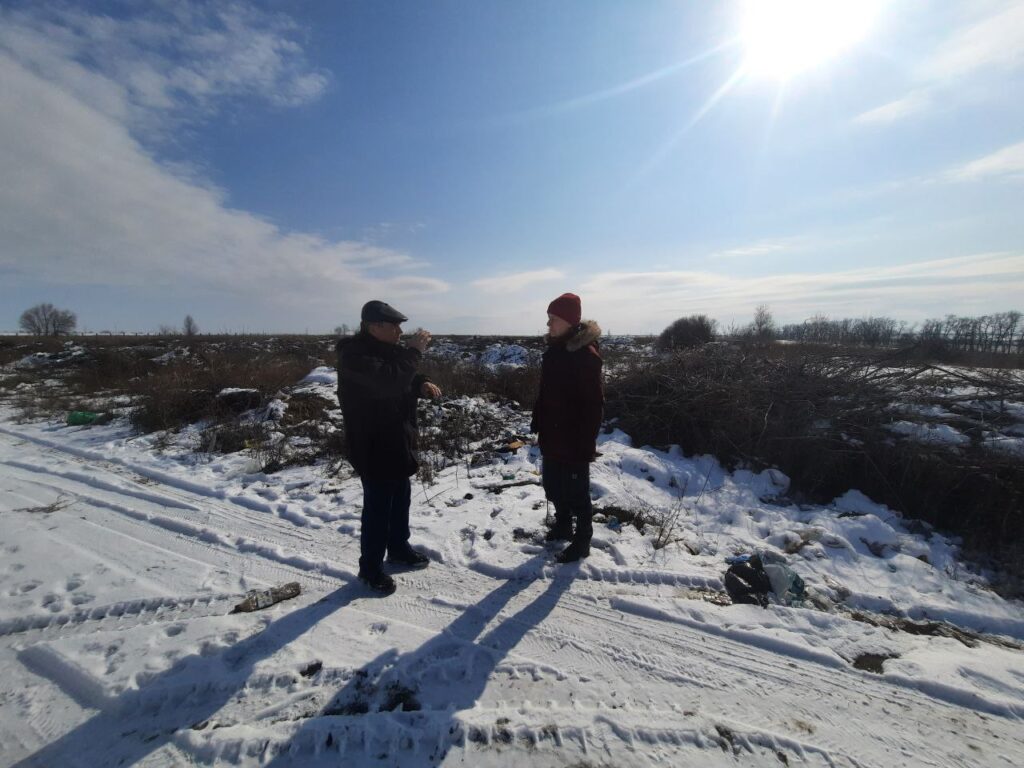
Work in the Mykhailivka Community, Zaporizhzhia District, Zaporizhzhia Region
According to Marcela Černochová, Ukrainian communities could coordinate with each other. Problems they cannot solve on their own could be tackled jointly.
«Combining the efforts of communities is part of the Czech Republic’s experience. Our partners and experts want to share this with the Ukraine. When we analyze the situation across communities, we see several key, common problems that are characteristic of many UTCs», — noted Marcela Černochová.
After the study is completed, experts will form an individual profile for each community, describing all problems, needs, and necessary details. «Clean Air for Ukraine» experts will share their findings with community representatives and regional authorities.
«We will deliver our analysis to the community leadership and try to look for large resources needed to solve the problems. Regional authorities will also receive the summarized information. We are already working with the Dnipropetrovsk Regional Military Administration and the Regional Council to jointly seek solutions to the territorial communities’ problems», — said Oleksii Angurets.
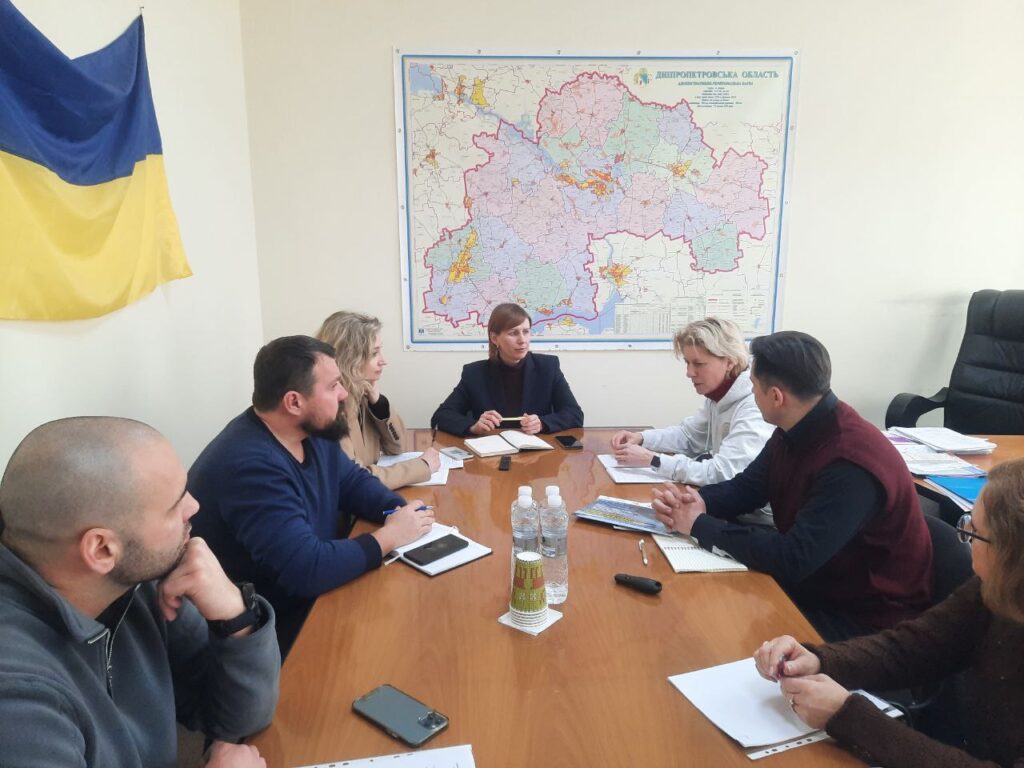
Meeting with Representatives of the Dnipro Regional Military Administration and the Dnipro Regional Council
The project «Green Recovery of Ukraine: Sustainable Restoration of War-Affected Regions» already has its first results. In 2024, two communities in Dnipropetrovsk region received funding for pilot projects. Pokrovska community – for educational activities and raising awareness about waste issues. Tomakivska – for creating a biodiversity space to preserve the local photosystem.
«Both initiatives belong to the communities themselves. We analyzed them, and the Pokrovska and Tomakivska communities received funding. This year, there is a specific fund that will be used for such pilot projects», — said Oleksii Angurets.
However, the «Green Recovery of Ukraine» program cannot cover all community needs. Solving their problems requires significant funds. That is why project experts teach community representatives how to properly write grant applications.
«We provide expert assistance in preparing pre-project documents. This knowledge will increase the communities’ chances of receiving funds from donors», — said Marcela Černochová.
A major conference is planned in Lviv in October this year. It will gather representatives of Ukrainian communities that participated in the project and experts from the Czech Republic and Ukraine. The latter will provide consultations to UTC representatives.
Text prepared by Iryna Mudrenkо




